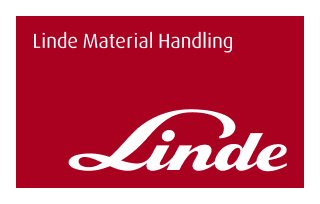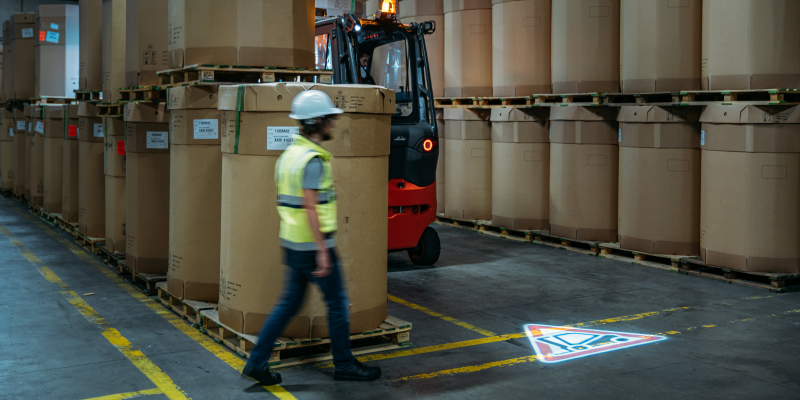- Blog
- General


All employers strive for the safest possible workplace, and the rapid rise of material handling equipment in warehouses, factories, retail outlets and other facilities has increased the need to manage risk at various levels.
Duty of care starts with the provision of equipment fit for purpose, and while forklifts and other material handling equipment fall under stringent standards in other markets, Australian customers do not enjoy the same level of legislative protection, making the choice of manufacturer and dealer even more important.
Linde Material Handling was one of the first in the industry to voluntarily adopt the local standards (Australian Standards AS2359.1-2019 and AS 2359.6-2013), even though they are not compulsory.
Some of those standards, such as sequential interlocking seatbelts in counterbalance forklifts, speed limiting when forks are elevated, operator noise and vibration limits, and pedestrian alerts are among the most stringent in the world.
Allan Spackman, Technical Manager - Warehousing Solutions at Linde Material Handling Australia, notes that standards need to keep up with technological developments and stresses, “Linde is always aware of any updates to the applicable standards, and even assists in advising Standards Australia on appropriate amendments, thereby ‘raising the bar’ continually to help make sure that the Australian Standards keep pace with the very latest safety technology”.

While major equipment suppliers are committed to maintaining and even raising standards, there is unfortunately some confusion in the market due to so-called ‘grey’ or ‘parallel’ importers who source machines from various indirect sources and bring them into the market.
Even though the machines might look similar to those offered through the ‘formal’ channels, they do not necessarily meet the local safety and operating requirements or environmental standards, nor do they always come with English-language, locally compliant instructions, manuals or log books.
While it’s important to know your equipment conforms to local standards, it is also crucial that it is fit for purpose. A key feature to ensure appropriateness is the Information Plate which provides essential information about each machine’s fuel type, weight and lifting capacity. Vital statistics on this plate help the operator determine the machine’s safe operating limits, and if this information is ignored and the machine is used beyond its limits, the results can be disastrous.
Mechanically sound equipment, which is suitable for its tasks, is the basic building block of safe material handling, but safe vehicles on their own will not guarantee accident-free workplaces.
Operators need adequate training – both theoretical and practical.
And finally, workplaces need to be designed for safe material handling. As Narelle Beer, WorkSafe Executive Director of Health and Safety recently explained, forklifts are an important piece of machinery for many workplaces, but if they are not used and managed safely, they also have the potential to cause serious harm. It is therefore important to choose the right equipment, maintain it appropriately and deploy it correctly in the hands of competent operators.
Keep up to date with the latest in material handling safety and innovation by visiting our Content Hub and subscribing to our quarterly newsletter. And for the latest news and updates on all things Linde, follow us on LinkedIn.
VISIT CONTENT HUB